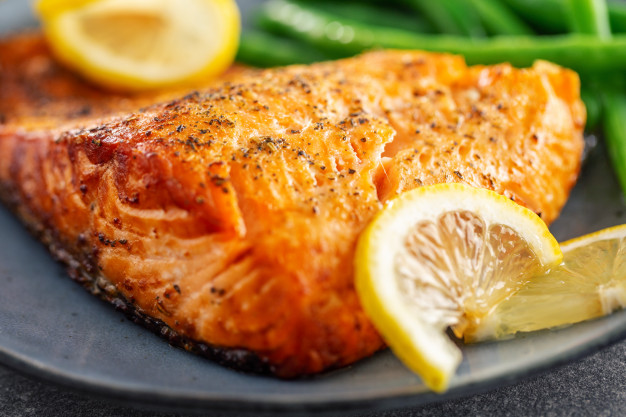top of mind news
- See How All 50 States Are Reopening (and Closing Again)
- What’s Cookin Good Lookin: How To Save Money On Restaurant Uniforms
- Maximizing the Profitability of Each Dine-In Customer
- How Some Restaurants are Fighting Climate Change
- How COVID-Adjusted Restaurant Layouts Can Create Hideouts for Pests
Poultry
 Chicken slaughter was down 3.1% from a year ago for the week ending October 24th, and, as bird weights have likely peaked seasonally, ready-to-cook chicken production was off 3.7% from the same week in 2019. Amid stunted broiler production, most of the bird part(s) values have firmed heading into November. While breast meat prices have faded, the leg quarter markets held in the low $0.20s and the wing markets edged over $2.200. The tender markets may be forming a bottom after the seasonal slide from the late summer, but history hints that some additional weakness may linger. Higher wing markets however may persist as at home ordering and delivery continues to support demand.
Chicken slaughter was down 3.1% from a year ago for the week ending October 24th, and, as bird weights have likely peaked seasonally, ready-to-cook chicken production was off 3.7% from the same week in 2019. Amid stunted broiler production, most of the bird part(s) values have firmed heading into November. While breast meat prices have faded, the leg quarter markets held in the low $0.20s and the wing markets edged over $2.200. The tender markets may be forming a bottom after the seasonal slide from the late summer, but history hints that some additional weakness may linger. Higher wing markets however may persist as at home ordering and delivery continues to support demand.
Beef
Cattle slaughter moderated throughout last week, down 3.2% from a year ago, but heavier carcasses helped beef output, but production was still down 0.9% from year ago levels. The beef cutouts were lower on a weekly average basis, with only the round primal finding week-to-week strength. Spot beef sales remain robust motivated by lower pricing which is atypical for late-October and early-November. Beef 50s prices continue to struggle, which is counter-seasonal heading into the holiday season. Domestic 90s prices are also struggling which is not unusual in the fall and that seasonal trend may be a headwind for now.
Pork
Last week hog slaughter was up from the week prior but failed to reach the 2.7 million head mark. Still, pork output was above year ago levels, increasing 1.2%, and additional seasonal production increases are expected into December. Last week wholesale pork prices were off sharply (w/w), with the belly primal leading those losses. Still, at a weekly average in the lower $1.30s, belly prices remain sharply higher than year ago levels. With larger seasonal production schedules anticipated, the wholesale pork markets are likely to retreat further in the late fall.
THE SEA
Seafood
Climbing Covid-19 cases in Europe have caused various countries to employ next restrictions which is significantly impacting foodservice. As a result, salmon demand is reported to be fading which is weighing on the markets. Yet, U.S. salmon demand has improved. This factor and the lower EU prices could send more salmon to the U.S. in the near term which should influence prices lower.
THE GARDEN
Produce
Tomato supplies are improving as the Florida harvest gains steam. Solid imports from Mexico have helped as well. As the Florida harvest progresses, this could weigh heavy on the tomato markets. Further, history suggests that tomato price declines could be forthcoming. The five-year average move for the large mature green tomato markets during the next two weeks is a decline of 8.7%. The 48 count Hass avocado market has declined to its lowest level in 21 months. Attractive avocado prices could persist in the coming weeks.
THE KITCHEN SINK
Dairy
CME cheese block and barrel prices remain historically inflated. Yet, CME butter prices are the lowest for this time of year in 11 years. U.S. milk production during September was better by 2.4% (y/y). The dairy cow herd was .4% larger and the milk per cow yield was up 2.0% (y/y). Dairy cows grew in September by 5k head (m/m) adding to an 11k gain in the previous two months. This will boost solid cheese and butter production this winter. The CME spot cheese markets may still rise in the near term, but the downside risk is high. Current butter prices however are engaging, with the downside risk being low.
Grains
Many of the grain markets have softened during the last week due to better weather in various parts of the world helping crop conditions. World food oil supplies remain limited, however, which is being reflected in the soybean oil and palm oil markets. There may still be upside price risk in the food oil markets.
Oil
Last week nearby WTI crude oil futures had their lowest weekly close since May. Lackluster travel activity in the U.S. and abroad is slowing petroleum product demand. Crude oil and petroleum prices can weaken further in the near term.












